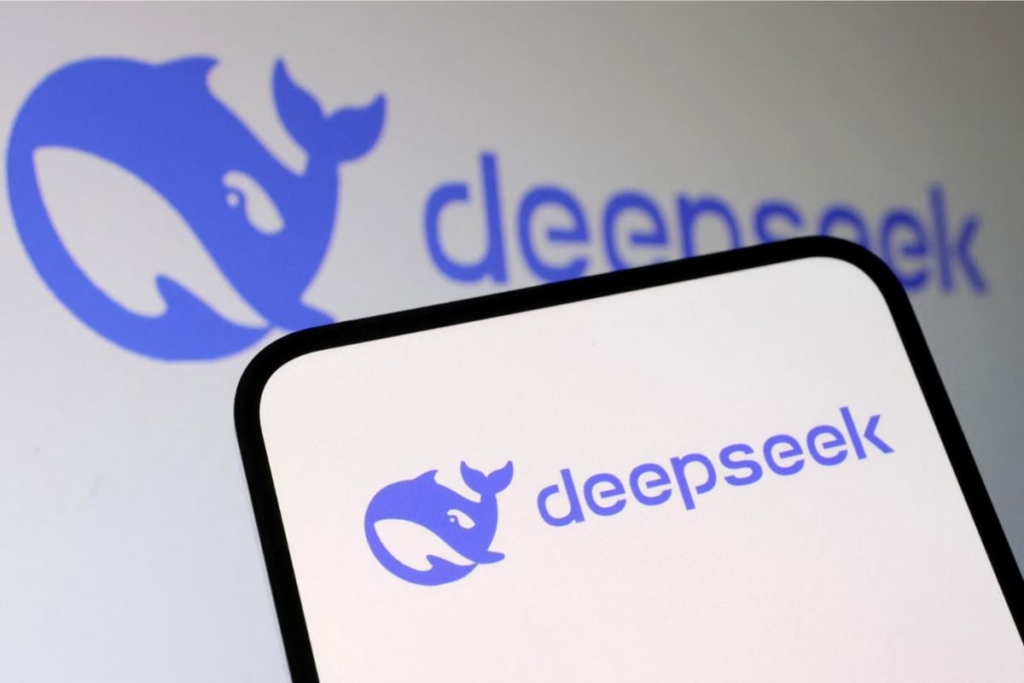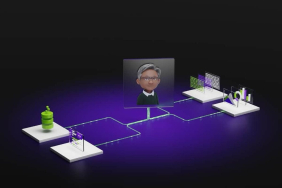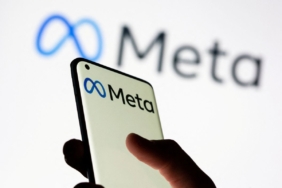DeepSeek, a Chinese artificial intelligence company, launched an open-source image generation model on Monday. This latest release has drawn attention in the AI community, following the introduction of several fully open-source frontier foundation models, including the reasoning-focused DeepSeek-R1. The newly unveiled Janus Pro 7B model claims to surpass OpenAI’s DALL-E 3 across various performance benchmarks. Like its predecessors, the model is accessible under a permissive license for both academic and commercial purposes.
Introducing the DeepSeek Janus Pro 7B AI Model
The Janus Pro 7B model features significant upgrades compared to its earlier iterations, Janus and Janus Pro 1B. Details about the model can be found in a Hugging Face listing. DeepSeek describes this model as an autoregressive framework that integrates multimodal understanding and generation, including architectural enhancements to boost its performance.
Designed for efficiency, the Janus Pro 7B separates visual encoding into distinct pathways while employing a unified transformer architecture for data processing. For multimodal comprehension, it uses the SigLIP-L vision encoder, while generation utilizes a tokeniser with a downsample rate of 16.
According to internal assessments, Janus Pro 7B achieved scores of 80 percent on the GenEval benchmark and 84.2 on the DPG-Bench, both outperforming DALL-E 3 and Stable Diffusion models. However, forthcoming independent evaluations are expected to provide a clearer understanding of the model’s capabilities.
The Janus Pro 7B is currently available for download via GitHub’s listing page and on Hugging Face, under an MIT license. A demonstration of the model can be accessed here. So far, DeepSeek has not introduced an application programming interface (API) for the model.
Perplexity Integrates DeepSeek-R1 Support
On Monday, Aravind Srinivas, the CEO of Perplexity, announced that the AI platform would now integrate support for DeepSeek-R1 alongside OpenAI’s o1 AI model. He called it the “world’s most powerful reasoning model,” confirming its accessibility to all users.
Currently, there are limitations on the number of outputs generated by the model; however, plans are in place to expand this capability. The company noted that the model is hosted in the United States to address any concerns regarding data being transmitted to Chinese servers.
Meanwhile, OpenAI CEO Sam Altman has commented on the emergence of DeepSeek’s AI models. He described the R1 model as “impressive,” particularly for its affordability compared to other offerings, noting that o1’s API pricing is significantly higher than that of R1.
“We will obviously deliver much better models and also it’s legit invigorating to have a new competitor! We will pull up some releases,” Altman remarked.
In related news, Nvidia’s shares plummeted by approximately 13 percent on Monday, translating to a loss of about $465 billion (around Rs. 40 lakh crore) in the company’s market capitalization. This marked Nvidia’s largest single-day decline since it went public in 1999.
Market analysts speculate that investor concerns regarding the claims made by DeepSeek researchers may have contributed to the stock drop. The researchers stated in a recent paper that they developed R1 without the need for expensive GPUs and at a total cost of under $6 million (approximately Rs. 51 crore).






